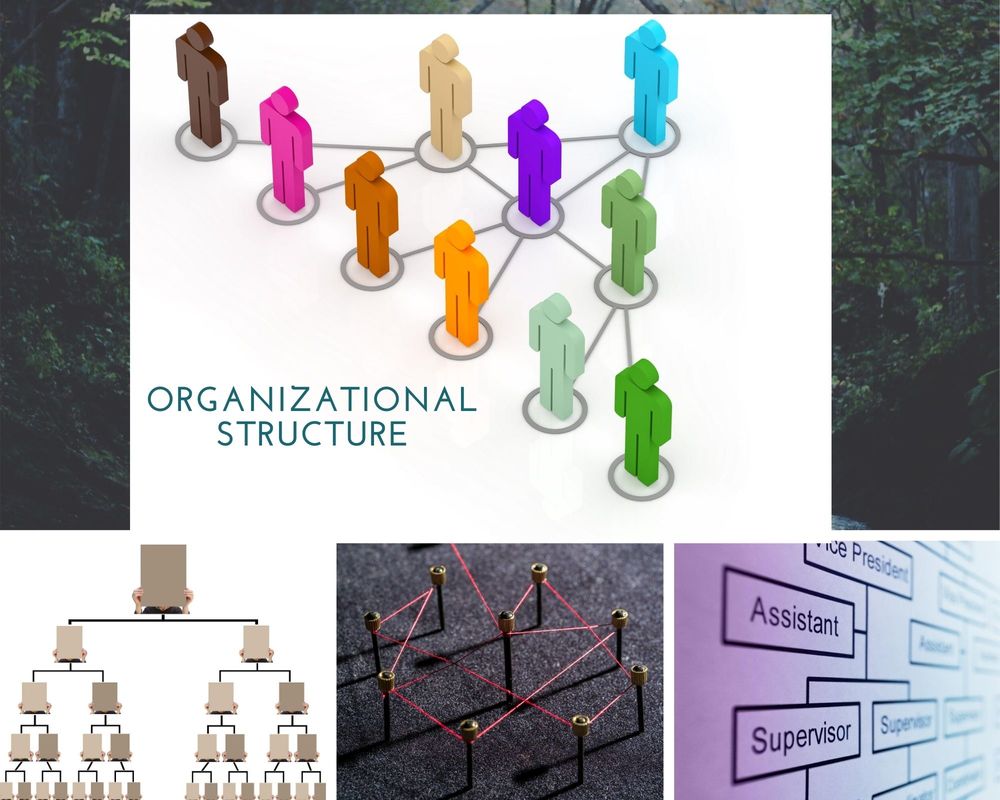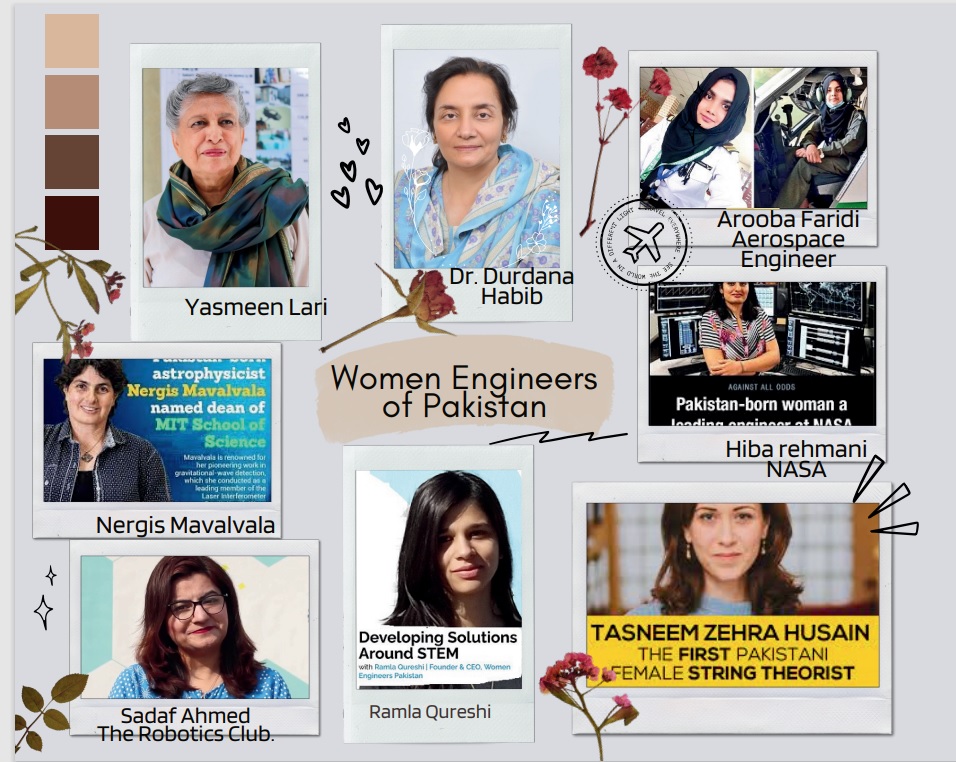Organizational Structure
Organizational Structure - Tiers
Organizational structure of a firm is the hierarchy of a firm ie how it is organized to manage the several operations of its business and manage its objectives. Typically a 'corporate' entity is based on three tiers i.e. Shareholders, Board of Directors and the Management (Officers) of the firm.
Organizational Structure - Basic Elements
There are 4 basic elements of an organizational structure namely functional based on their expertise, divisional based on their products, matrix a mix of functional and divisional and Flat where the traditional hierarchy is changed as each employee is responsible for his/her own tasks.
Organizational Structure - the Chart
A well structured organization chart depicts the line of control and the authorities and responsibilities of each tier.
here we will discuss the tier pertaining to the Management or officers of the firm to understand how the corporate structure should be organized in terms of running the business. most small businesses do not have separate tiers for shareholders and Board of Directors. The sponsor or business owner is the shareholder as well as a part of the management team.

Organization Charts or Organograms give an idea on how you can build your team effectively. We need the following broad talents/qualifications to get any organization going.
Usually these are found in structured Corporate entities, however, can be replicated in some form and style for smaller companies as well.
Let's take a Limited Liability Company i.e Private Limited Company and see how we can make a similar arrangement without a incurring a huge salary bill.
1. Team Leader - Multi faceted with a holistic vision;
2. Operations Person - To competently co-ordinate the operational flows of the company;
3. Finance Person - For keeping the financial health of the company in check, making projections, estimates and then keeping a record of all inflows and outflows;
4. Marketing Person - Business development expert who can promote the company's products, brand and general traits to the target audience. Should be able to identify the correct market and have the tools to get the product into the market effectively. Should also be able to develop new features in existing products and float new ideas i.e. do product development.
Marketing personnel also need to maintain relationship with existing clients on a long term basis. Marketing campaigns and events to promote the company are also developed by the marketing person;
5. Sales Team - These are different from the marketing people as they actually close the deal. They are the field staff that take the product to the market and make the sale;
6. HR Person - To manage the human resources requirement of the company that includes developing job descriptions, hiring competent staff, maintaining the records of the staff and most important developing regular training programs for the staff;
7. Administration Person - To effectively manage administrative expenses that relate to day to day expense incurred for the smooth running of the company which include purchase/rent and maintenance of premises, equipment and machinery, furniture and fixture, vehicles, stationery, food and beverages, traveling expenses and such other expenses;
8. IT personnel - The 'Techies' to maintain the software programs that keep the process going smoothly. Systems and process with automation not only reduce time delays but also help the management in arriving at timely decisions to make the business successful. All software programs required to run a business smoothly need customization to integrate the requirements of each company into the system and have an effective tool at the company's disposal;
9. Junior Executives - Under each head given above there is a need for junior and mid level staff to assist the head of the department in delivering their duties in a timely manner;
10. Clerical Staff - This segment of the staff includes data entry personnel, typist, secretaries, office assistant, telephone operators, etc.; and
11. Non - Clerical Staff - These are usually the least technical people i.e. drivers, guards, peons, janitorial staff etc.
The organization chart for each company is made as per its staff requirement. As per the above company's staff, we can make the required Organization Chart also known as an "Organogram".
Remember, you need a team in one way or another to build a successful business. A lean company can be managed with the help of outsourcing several of the above functions to keep the salary bill under control while acquiring services of qualified and experienced personnel.
- Home ›
- Knowledge Base ›
- Business Plan ›
- Organizational Structure


